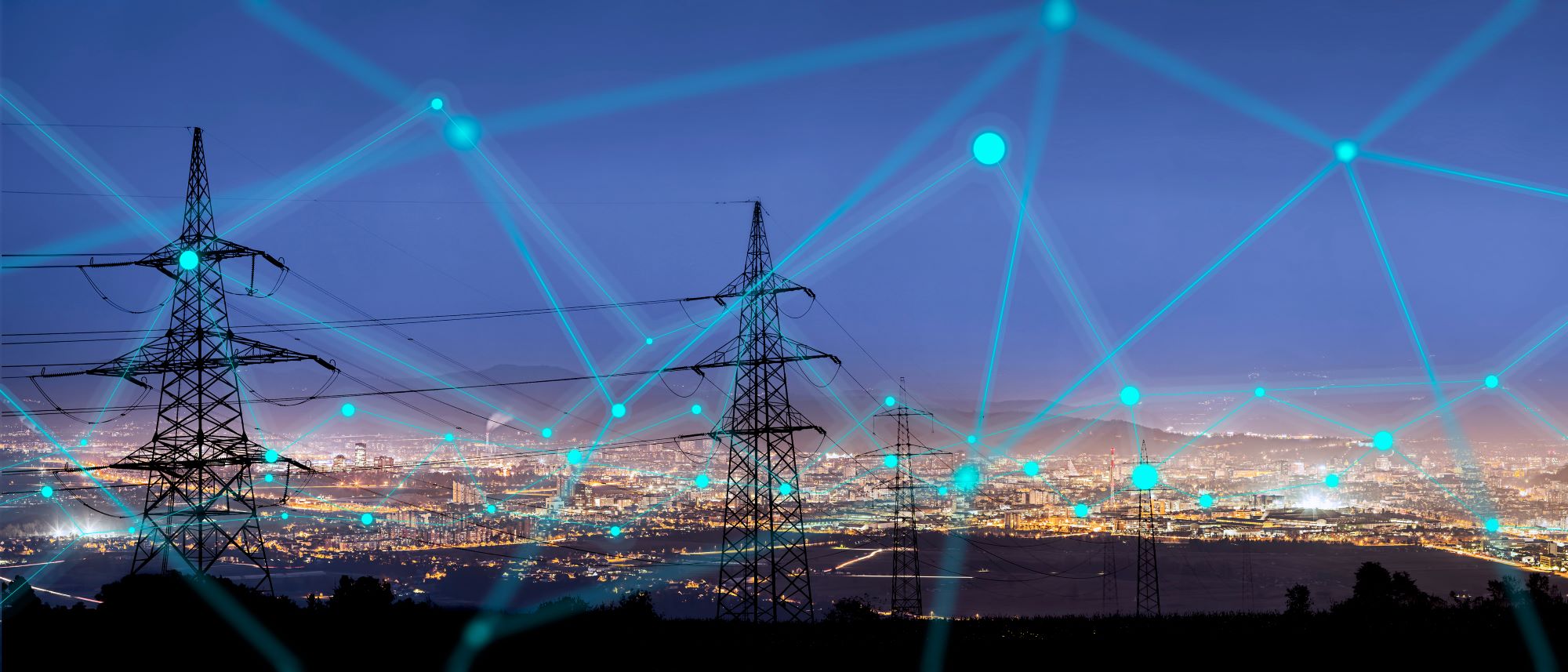
A report published by the UN Office for Disaster Risk Reduction in October 2020 analysed the number and severity of extreme weather events between 1980 and 2019, and arrived at startling results. A total of 4,212 natural disasters took place worldwide between 1980 and 1999, killing 1.19 million people, impacting 3.25 billion and causing around $1.63trn in economic losses. Between 2000 and 2019, these numbers saw a staggering increase, with 7,348 recorded disasters killing 1.23 million people, impacting 4.2 billion, and causing around $2.97trn in global economic losses. Although exact data on the damage to power grids across the world isn’t available, extreme weather events are known to damage physical power infrastructure, especially in low-income or less well developed communities, who are often the hardest hit by these events.
While some of the increase in impacted people is attributable to significant population growth, the increase in extreme weather events has been directly linked to climate change, and experts agree that more extreme weather causes havoc for power grids. Between 2000 and 2021, 83% of major power outages in the US were due to weather-related events, and the average number of weather-related power outages increased by around 78% between 2011 and 2021, compared with 2000–2010.

US Tariffs are shifting - will you react or anticipate?
Don’t let policy changes catch you off guard. Stay proactive with real-time data and expert analysis.
By GlobalDataAs the climate grows more unpredictable, the vulnerability of traditional power grids to extreme weather events becomes increasingly evident. As existing power systems come under more scrutiny, smart grid technology could stand as a beacon of hope to fortify our energy infrastructure. How can smart grid tech help us adapt? We unravel the technological advancements that can respond to climate shifts, redefining the essence of reliability in our power infrastructure.
Extreme weather’s impact on the grid
To see the damage extreme weather is doing to power grids, even in developed nations, one needs to look no further than the US. News of extended power outages during extreme heat, cold or storms in the US hit headlines regularly in recent years, from the July 2023 heatwave that triggered an emergency alert for the US power grid, to the 2021 winter storm that left four million Texans without power in -15°C – while the state’s grid was only four minutes away from total collapse. Pressure on the grid will only get worse over time, with rapidly ageing grids, severe weather increasing both demand and physical strain on power assets, and the clean energy revolution driving up global electricity demand and necessitating a more dynamic, responsive grid as variable renewables become more widespread.
It bears repeating that the impact of power outages and grid disruption is not merely a case of decreased comfort, entertainment or business. For many, it is a matter of life and death; the Texas 2021 winter storm caused an estimated 246 deaths, with some experts placing the toll much higher. Not only can the inability to manage extreme temperature be life-threatening, but for those who rely on essential medical equipment, a loss of power is the loss of a lifeline, regardless of weather.
Smart grids, briefly explained
The International Energy Agency (IEA) defines a smart grid as “an electricity network that uses digital and other advanced technologies to monitor and manage the transport of electricity from all generation sources to meet the varying electricity demands of end users”. Put simply, smart grid technology allows electricity usage patterns to be communicated from homes and businesses, so distribution can be controlled in real time.
When extreme weather causes sudden surges in power demand, having the foresight to predict and prevent issues, the flexibility to respond to them and the management of data to support both goals are key in an effective smart grid system.
The integration of sensors and monitoring devices across the grid infrastructure is central to smart grid systems. These sensors continuously collect data on various parameters such as temperature, humidity, wind speed and power flow. This real-time information enables the smart grid to anticipate and respond swiftly to weather-related challenges. Additionally, advanced weather forecasting algorithms are incorporated to predict severe weather events, allowing the grid to automatically adjust its operations. Indeed, grid automation plays a crucial role, utilising sophisticated control systems to re-route power, isolate damaged sections and prioritise critical infrastructure.
Renewable energy sources, integral to modern grids, require adaptive strategies during extreme weather. Smart grids incorporate predictive analytics to anticipate fluctuations in renewable energy generation during storms or other adverse conditions. Battery energy storage systems are pivotal in stabilising the grid, storing excess energy during optimal conditions and releasing it when demand peaks or renewable generation dips. Decentralised energy resources like solar panels and small-scale wind turbines enhance the grid’s resilience by diversifying energy sources and reducing dependency on centralised power plants.
Communication networks are another linchpin of smart grid resilience. Robust communication channels, when developed correctly, can facilitate seamless and efficient information exchange between grid components, ensuring that even in the face of extreme weather, critical instructions can be relayed without disruption. Artificial intelligence (AI) algorithms optimise the grid’s response by analysing historical data, identifying patterns and making real-time decisions to mitigate potential damages. However, some observers have noted that the rapid and extreme changes in weather patterns make relying on historical data something of a fool’s errand; one cannot use historical data to deal with often unprecedented situations. Predictive modelling has been proposed as a promising solution. Research from McKinsey has created a methodology for predictive modelling that demonstrates its ability to provide grid operators with the information they need to make clear choices in emergency situations.
The case for smart grids in beating extreme weather
While the idea of smart grids is still in its infancy, early implementations and research have shown promise for the technology. Research in West Virgina, supported by the US Department of Energy, is developing a new “super circuit” that can be remotely reconfigured when the system faces a fault, isolating the fault and allowing uninterrupted power flow. While this system is still being developed, it is easy to picture how, during an extreme weather event, this type of flexibility could ensure grid stability; if system damage, either by a sudden demand spike or by physical weather damage, could be easily and quickly isolated, and power diverted around it, West Virginians are much less likely to experience dangerous outages for extended periods of time.
Meanwhile, the city of Chattanooga, Tennessee, has seen major benefits from implementing smart grid technology as part of modernisation efforts in 2009. After smart metering was rolled out across the city, as well as digital controls that allowed utility companies to react to demand surges in real time, power outages in the city fell by a whopping 55%.
In Japan, utility giant TEPCO used smart grid tech to help speed up recovery following Typhoon Faxai in 2019. After the typhoon caused significant damage to Tokyo’s power grid, its geospatial digital twin allowed the utility company to see precisely where damage and blackouts were impacting citizens and dispatch crews quickly to repair specific damage points.
The outlook
Smart grid tech has great potential to combat extreme weather and already has many governments on board. In 2022, an infrastructure improvement bill by the Biden administration dedicated $27bn to grid resiliency improvements, with $3bn specifically allocated to deploy smart grid technology. Across the pond, the UK’s National Grid announced in 2021 that it would build a real-time digital twin of Britain’s entire power network to help boost the flexibility of the grid.
In the face of the growing threat posed by extreme weather, smart grid technology provides a potential solution. With each advancement, we move closer to a future in which extreme weather no longer spells power vulnerability but underscores the resilience of a technologically fortified energy landscape.






